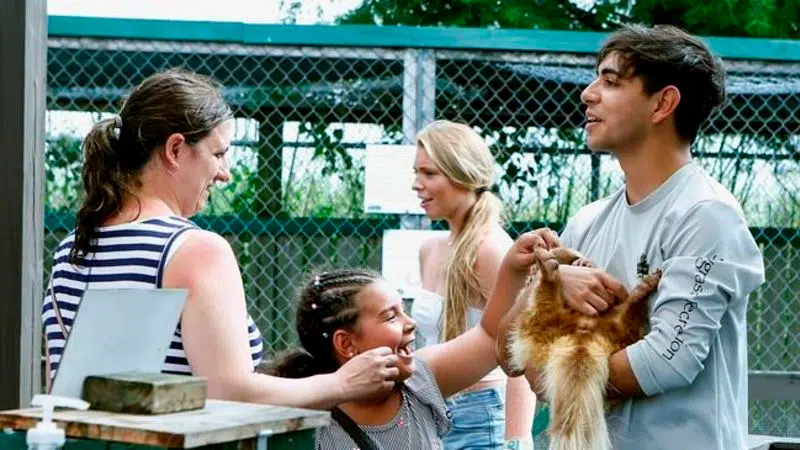
Florida lawmakers disagree on funding state’s tourism agency
THE EVERGLADES, Fla. — On a balmy Monday morning, Elina Llamas sat in the second row of an airboat as it powered through the largest tropical wilderness in the United States. The 38-year-old from Chicago was packed into the boat with her mother, brother and about a dozen other tourists.
If it weren’t for large-scale campaigns advertising Florida to the world, visitors would think the state only has amusement parks and beaches, she said.
“There is so much more to see,” Llamas said. She was showing her mother the Everglades.



